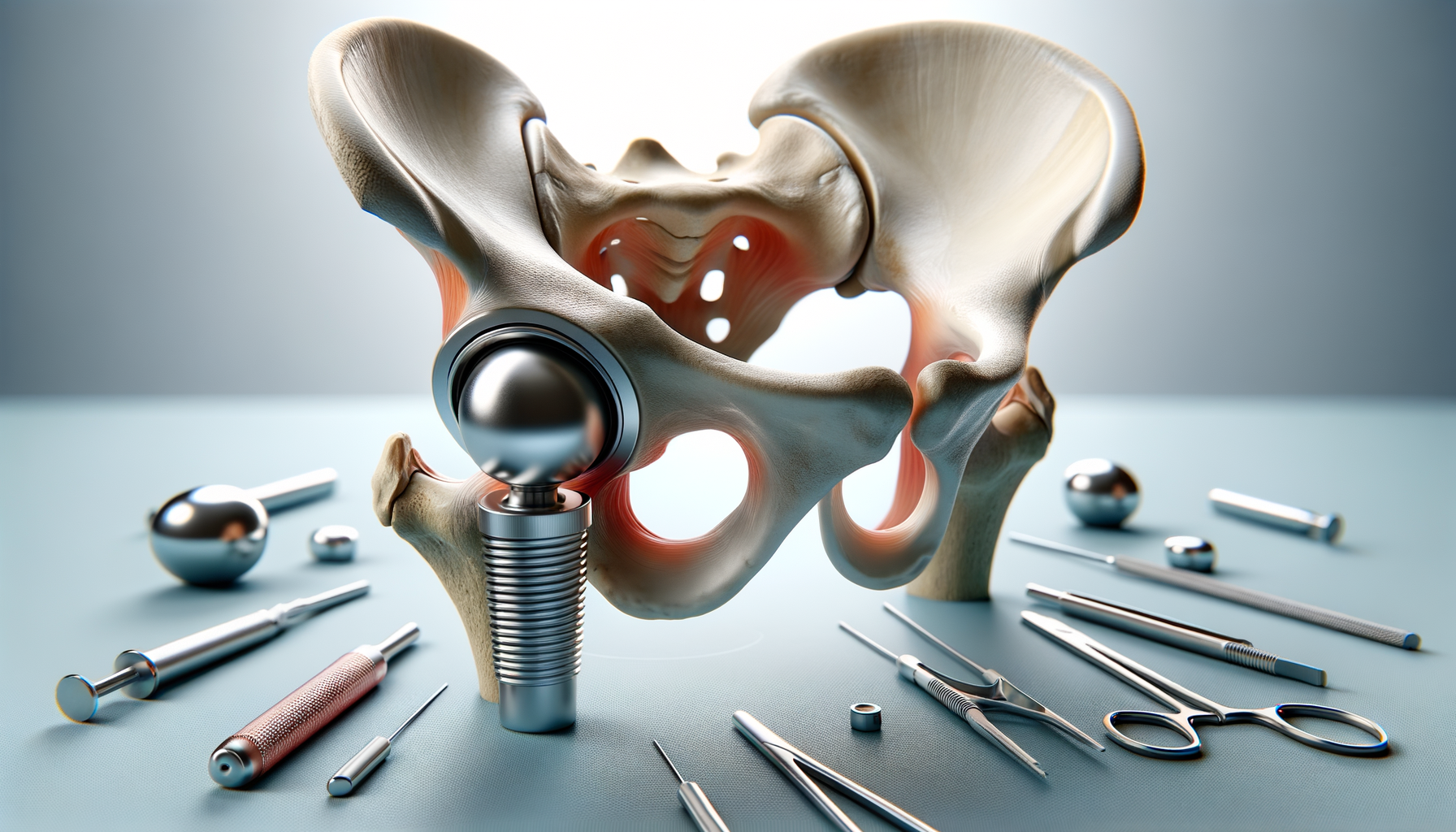Introduction to Hip Replacement
Hip replacement is a surgical procedure designed to replace a worn-out or damaged hip joint with an artificial one. It is a common solution for individuals suffering from chronic hip pain, often due to arthritis or injury. This procedure aims to alleviate pain and restore mobility, significantly improving the quality of life for many patients. Understanding the intricacies of hip replacement can help potential candidates make informed decisions about their healthcare options.
Why Consider Hip Replacement?
There are numerous reasons why someone might consider hip replacement surgery. Chronic pain that limits daily activities, stiffness that reduces the range of motion, and ineffective conservative treatments are common indicators. For those experiencing these symptoms, hip replacement can offer a new lease on life. The procedure involves replacing the damaged hip joint with a prosthetic implant, which can significantly reduce pain and enhance mobility. Patients often report a dramatic improvement in their ability to perform everyday tasks, leading to a more active and fulfilling lifestyle.
The Hip Replacement Procedure
The hip replacement procedure is a meticulous process that requires careful planning and execution. It typically involves removing the damaged cartilage and bone from the hip joint and replacing them with artificial components. These components are usually made of metal, ceramic, or hard plastic. The surgery can be performed through various approaches, including posterior, lateral, or anterior, each with its own advantages and potential risks. The choice of approach depends on the patient’s condition and the surgeon’s expertise. Recovery from hip replacement surgery varies, but most patients can expect to resume normal activities within a few months.
Recovery and Rehabilitation
Recovery from hip replacement surgery is a gradual process that involves physical therapy and lifestyle adjustments. Initially, patients may experience discomfort and require assistance with movement. However, with time and proper rehabilitation, most individuals regain their independence and return to their daily routines. Physical therapy plays a crucial role in strengthening the muscles around the hip and improving flexibility. Patients are encouraged to follow their rehabilitation plan diligently to achieve the best outcomes. Adopting a healthy lifestyle, including a balanced diet and regular exercise, can further enhance recovery and prolong the benefits of the surgery.
Potential Risks and Complications
As with any surgical procedure, hip replacement carries potential risks and complications. These may include infection, blood clots, dislocation, and implant wear. While these occurrences are relatively rare, it’s essential for patients to be aware of them and discuss any concerns with their healthcare provider. Regular follow-up appointments and adherence to post-operative care instructions can help minimize these risks. Despite the potential complications, hip replacement remains a highly successful procedure with a high satisfaction rate among patients. Understanding these risks allows individuals to make informed decisions and take proactive steps in their recovery journey.








